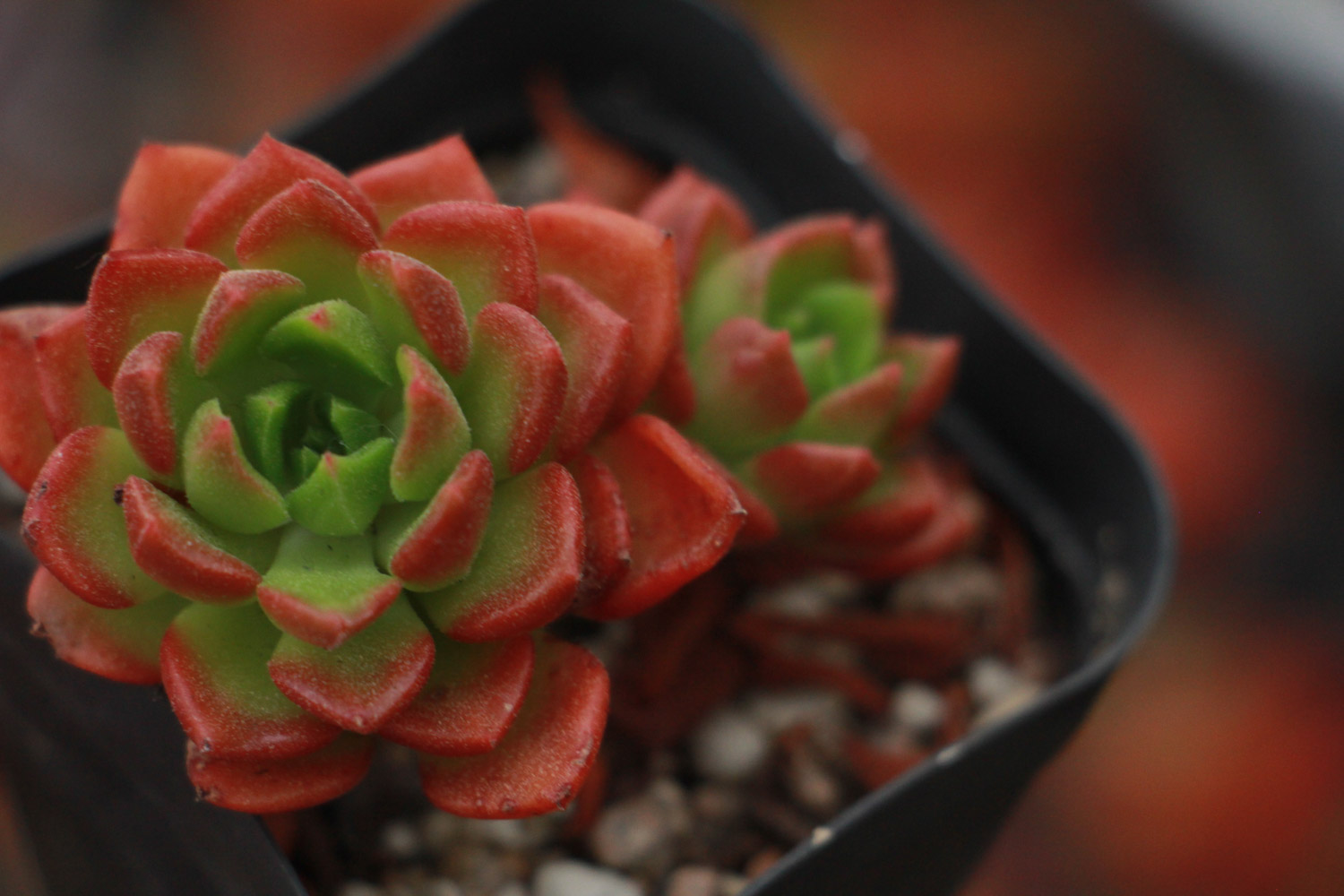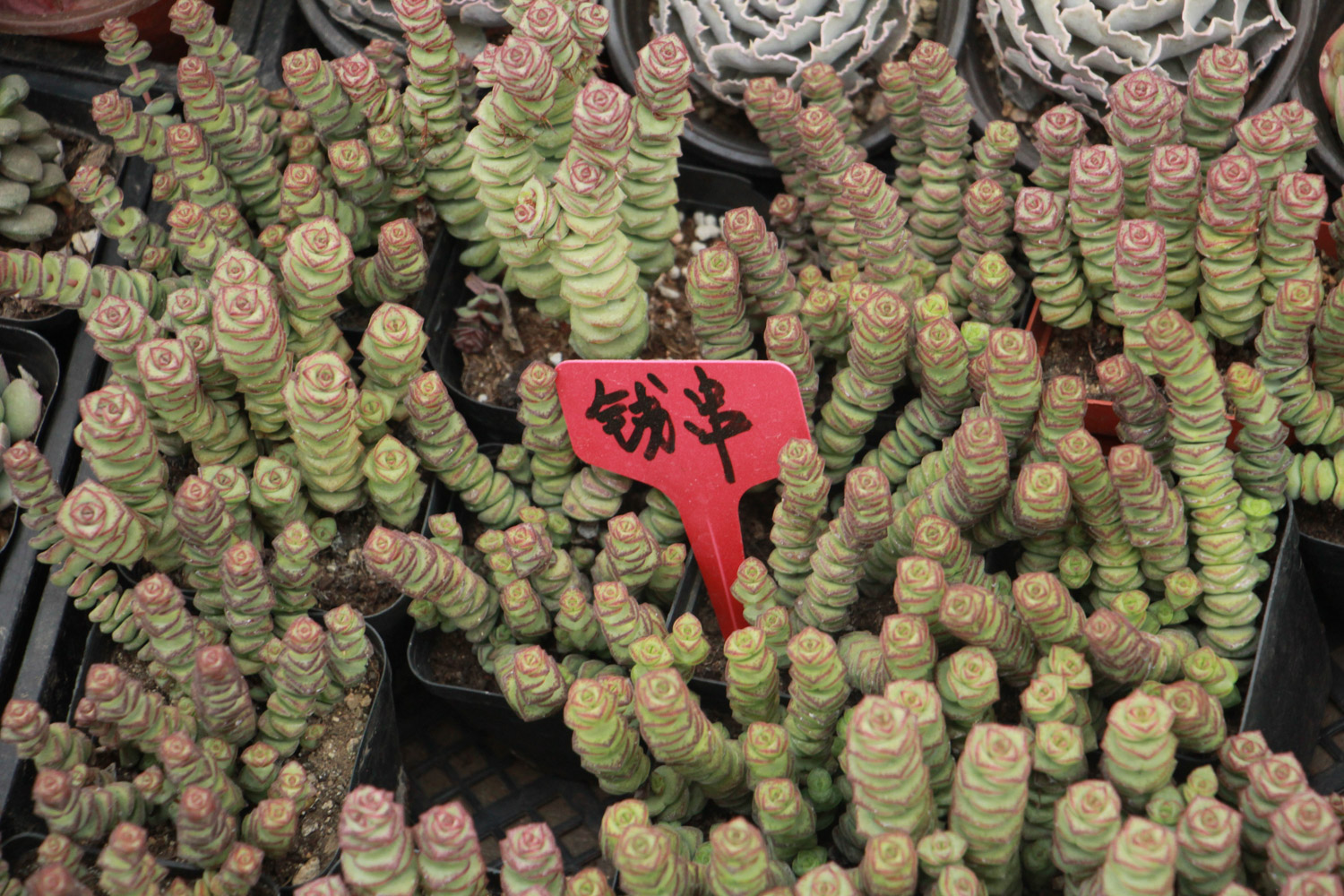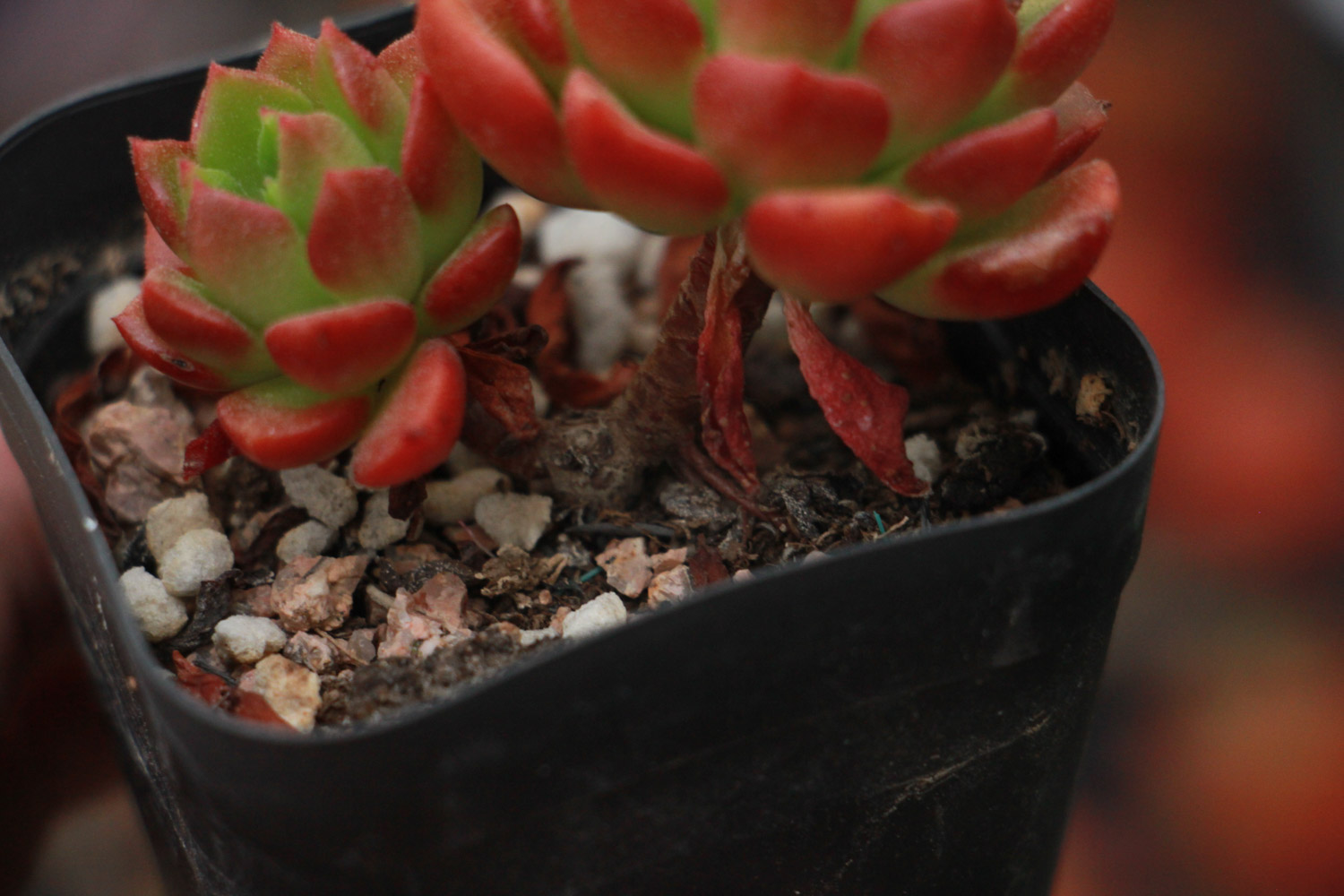1、 Curing method
1. Substrate selection: it has strong adaptability to soil. It is best to choose fertile soil with loose, good drainage and air permeability. Coal cinder, peat and granular river sand can be mixed for soil preparation, and an appropriate amount of bone powder can be added to the soil as base fertilizer

2. Light management: it likes the environment with sufficient sunshine and other conditions, but it still needs to avoid strong light exposure. It should be properly shaded in summer with high temperature, and it can be placed in a place with good indoor light in winter. If the light is insufficient, the plant leaves are easy to grow in vain, loose and thin, resulting in the non compact flower shape and affecting the beauty

3. Water management: when watering it, pay attention to avoid the leaf center. In spring and autumn and early summer, it is in the growth period and needs sufficient water supply. When the basin soil is dry, it should be watered thoroughly to avoid too dry leading to the withering of old leaves. If the temperature is low in winter, watering should be controlled to make it gradually enter a low-temperature dormant state, which is conducive to its safe overwintering

4. Temperature management: it grows well in the environment of 15 ℃ - 25 ℃, likes warmth, but its cold resistance is not weak. When the basin soil is dry in winter, it can withstand the indoor low temperature of - 3 ℃, but the overwintering temperature cannot be lower than 5 ℃, and it is not suitable to place the plant outdoors, which is easy to cause frostbite and death

2、 Breeding skills
1. Breeding methods: its breeding methods include beheading, giving birth to evil buds, leaf cutting, etc., among which leaf cutting is more common, and the survival rate is slightly higher than that of other methods. Leaf cutting method: take the leaves with good plant growth, transplant them to the soil with an appropriate amount of bone meal as base fertilizer, and wait for rooting and survival

2. Pruning method: when it blooms, if there are too many flower swords, it will consume a lot of nutrients of the plant and affect the plant growth and beautiful plant shape. Attention should be paid to pruning the flower swords with strong growth in time

3、 Diagnosis and treatment problems
1. Frostbite: it is relatively cold resistant, but it is still easy to cause frostbite or even death if it is placed outdoors in winter. Watering should be controlled in low temperature in winter to keep the basin soil dry, which can effectively prevent frostbite of plants

2. Disease: it is not easy to get sick. Pay attention to the prevention and control of aphids when it blooms

4、 Other issues
1. Placement: under the condition of sufficient light, the edge of the leaf until the whole leaf will show a beautiful red. It can be said that the blade is like fire, and the flowers are white bell shaped, fresh and elegant. It has high ornamental value. It can be planted in the place with sufficient light such as balcony and windowsill

2. Flower language: its flower language is "thank you"


 jackfruit
jackfruit snake plant
snake plant hibiscus
hibiscus hydrangea
hydrangea lavender
lavender Green roses climb al...
Green roses climb al... If you don't pay att...
If you don't pay att... Management of four g...
Management of four g...

































